 YOU’D think one of the world’s richest sports could just buy the answer to the million-dollar question: How do we get more people to play golf? Yet ironically, those that love golf struggle to understand why anyone else wouldn’t.
YOU’D think one of the world’s richest sports could just buy the answer to the million-dollar question: How do we get more people to play golf? Yet ironically, those that love golf struggle to understand why anyone else wouldn’t.
For the general public, we hope, Golf Month is a four-week festival where Australians feel encouraged to get out and play the game – in any format. Extra points for introducing friends and family.
But for the industry, October is a month of introspection. A time to ask questions and try to hide scepticism that ‘clubs and facilities across the country will (actually) throw open their doors’ to a wide variety of golfers.
According to Golf Australia, our governing body and creator of Golf Month, the sport has a population of 2.1 million, comprised of ‘traditionalists’, ‘variety seekers’, ‘incidentals’ and ‘alternates’.
Golf is doing a good job in Australia; nearly 10 per cent of the country’s population playing the game is a good shout. But surely, in a country blessed with land and a lifestyle envied by the world, we can do better. We put the million-dollar question to the biggest Australian names on the US PGA Tour. Their answers may, or may not, surprise you.
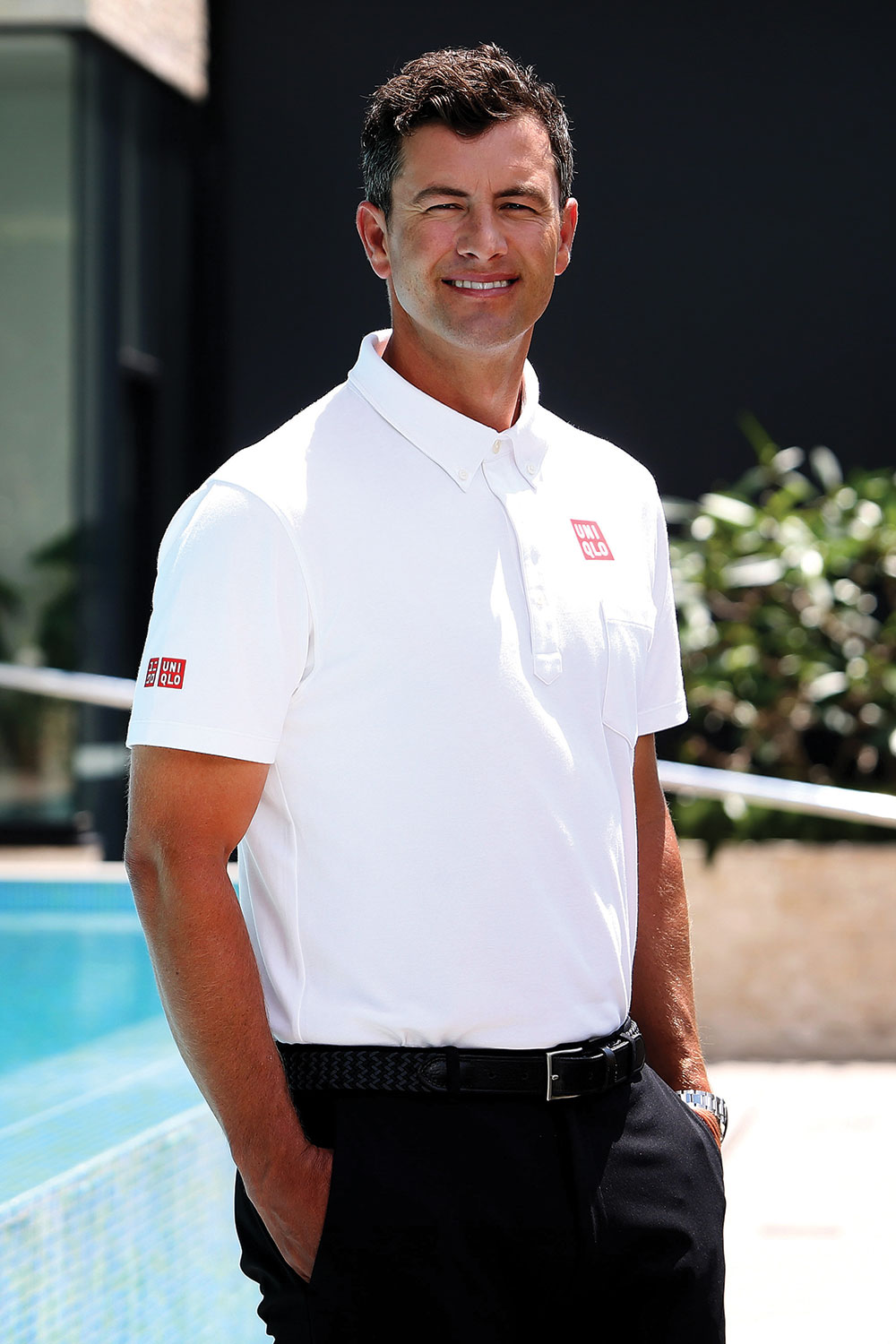 Adam Scott
Adam Scott
• 2013 Masters Champion • 13 US PGA Tour Titles
• 2009 Australian Open Champion
From: Adelaide, South Australia
Resides: The Bahamas/Gold Coast, Queensland/Switzerland
Adam Scott believes one of the answers to the riddle is getting more women into golf. And the stats back up the mantra of the first Australian to don Augusta National’s green jacket.
In the 2016 participation report from Golf Australia, it was notable how the sport is still struggling to attract females to join golf clubs. Of the new members last year, just 15 per cent were women, down from 21 per cent in 2012. The rate of decline for female members was 3 per cent in 2016, whereas the male member population lost only 0.2 per cent.
“It’s not only about getting kids involved,” says Scott, 37. “Of course, introducing kids to golf is a big part of keeping the health of the game – sustaining it and trying to grow – but there is also a huge demographic of ladies with disposable income and the same time as anybody else to spend at a golf course. I don’t think that’s been targeted.”
You’ll notice a motif in this story is the importance of shorter formats. Not only to help the game survive, but thrive. Scott gets the ball rolling.
“My first ever round was at the North Adelaide par-3 course. There are a lot of things, looking back over my  career, that were either very well judged by my dad (Phil Scott) and his knowledge of the game, or just coincidence that made me fall in love with golf,” Scott admits. “I think growing up on a par-3 course was really beneficial. When you’re 5 or 6 years old and the holes are 80 or 100 yards, you can actually play them. It’s very hard to get a young kid, even 10 or 11, to play a 420-yard par 4 – it just seems like an unattainable goal to get it into a tiny hole at the end of that.
career, that were either very well judged by my dad (Phil Scott) and his knowledge of the game, or just coincidence that made me fall in love with golf,” Scott admits. “I think growing up on a par-3 course was really beneficial. When you’re 5 or 6 years old and the holes are 80 or 100 yards, you can actually play them. It’s very hard to get a young kid, even 10 or 11, to play a 420-yard par 4 – it just seems like an unattainable goal to get it into a tiny hole at the end of that.
“I didn’t realise it at the time, but that was probably why I took to it. I could actually play it. That’s why they have little tennis courts for kids. Par-3 courses and similar initiatives are great. They’re far more cost effective than building big golf courses. You can do anything that gets people interested. We’ve got to do something different because the traditional club model doesn’t work in today’s world.”
Fans will remember Scott was steadfast in vocalising his indifference to golf’s reintroduction to the Olympics in Rio last year. But the Queenslander is aware of the government funding given to sports on the Olympic roster. He just hopes it’s well spent.
“Seeing the government getting more involved with the game of golf is a good thing, obviously. I’d like to see our governing bodies do something productive with that to encourage the game.”
 Jason Day
Jason Day
• 2015 US PGA Championship Winner
• 10 US PGA Tour Titles
• First Major winner to finish at 20-under-par
From: Beaudesert, Queensland
Resides: Columbus, Ohio
Jason Day’s best mates are the guys he grew up playing golf with. So it’s understandable the former world No.1 believes the secret to growing the game in Australia is creating an environment for kids where they come for the golf and stay for the friendships.
“I think the biggest thing for us is to make it more accessible by having junior programs where it’s fun for kids to go and play golf,” Day says while walking with Australian Golf Digest during the pro-am of the US PGA Tour’s Northern Trust event in New York. “Kind of like the First Tee program here in the US; kids become lifelong friends and learn along the way. Not just about golf, but picking up other skills, too.
“There could be an opportunity for Australians to start up golf camps for kids to go away and it’s almost like a summer camp – you have fun with your new friends and play golf. That would be cool.”
Day, who turns 30 in November, knows Aussies his age don’t have the time to play 18-hole rounds. Thus, he 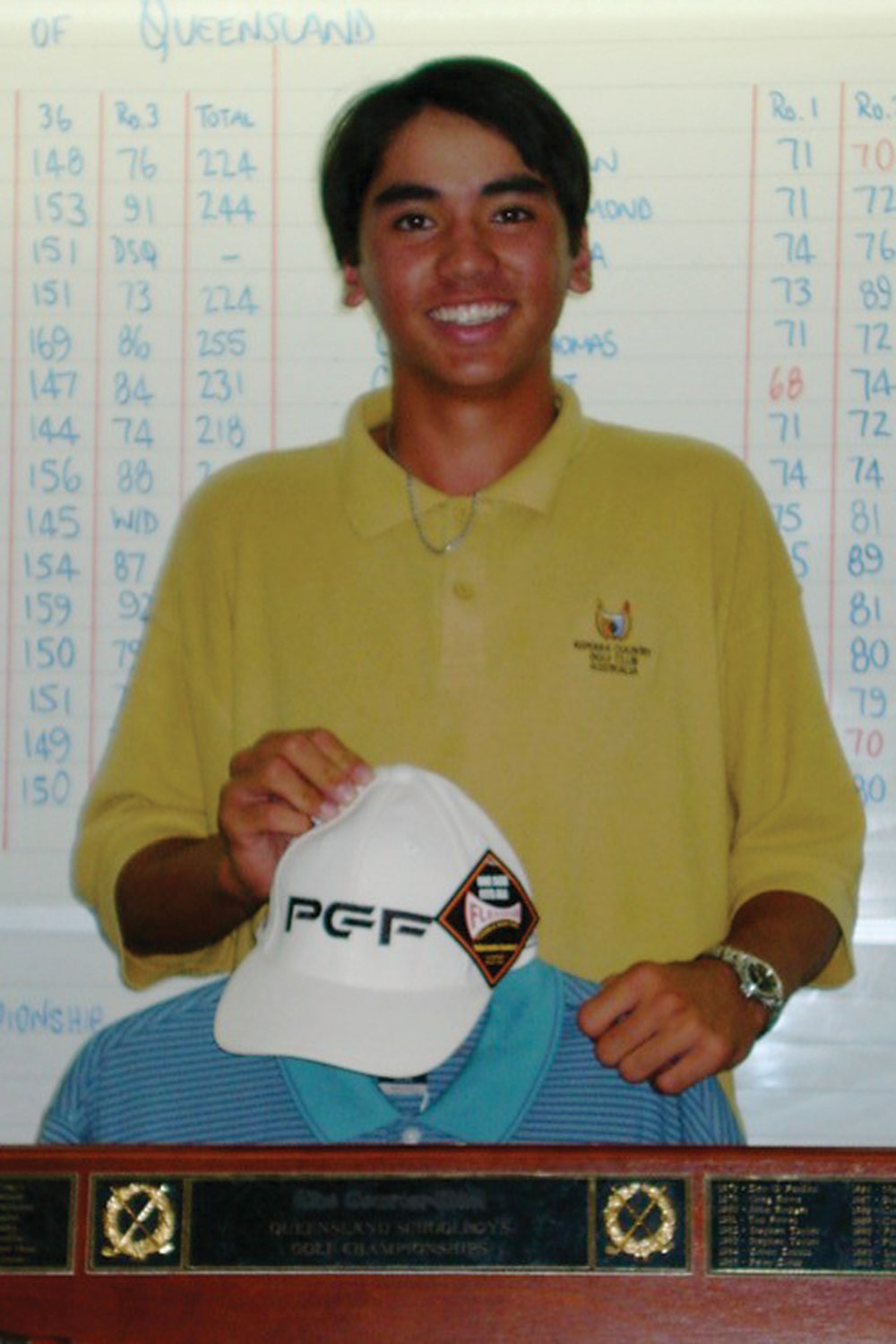 wants to see more golf courses routing their designs so they’re comprised of three and four-hole loops that come back to the clubhouse. He could be onto something.
wants to see more golf courses routing their designs so they’re comprised of three and four-hole loops that come back to the clubhouse. He could be onto something.
“Golf’s biggest challenge in the modern day is it just takes too long; young families with little kids don’t want to spend four, five or six hours on the golf course. They’d rather play a few holes and an hour is all they can possibly give up. Maybe if there were three-hole and four-hole loops on courses where they can go out for an hour and come back, they’d get on board. That’s how you can get introduced and fall in love with the game. And those who like it will transition into the 18-hole side.
“When I was a kid, I wasn’t allowed on the golf course until I was six, and I was only allowed to play six holes. I think that was a good introduction to golf – I was out at Beaudesert Country Club every Saturday morning playing six holes.
“It was great, because I could only hold my attention span for that long,” Day jokes.
And if he were being picky, Day would like to see high school golf grow in stature and more schools offering academies. It’s no secret Queensland nurseries Kooralbyn International School and Hills International College were the making of Jason Day. At the former he met caddie and coach Colin Swatton and at the latter close friend Luke Reardon – the guy who inspired Day to wake up and practise every day at 5am.
“I think so; that would be nice,” says Day, when asked if he’d like to see more programs popping up at schools. “Hills was huge for me. If we could have more golf academies in high schools where young kids like myself who have potential are given pathways in their teens for them to become professional golfer. Because right now, there aren’t many. There are few around but I don’t think there’s enough.”
Rod Pampling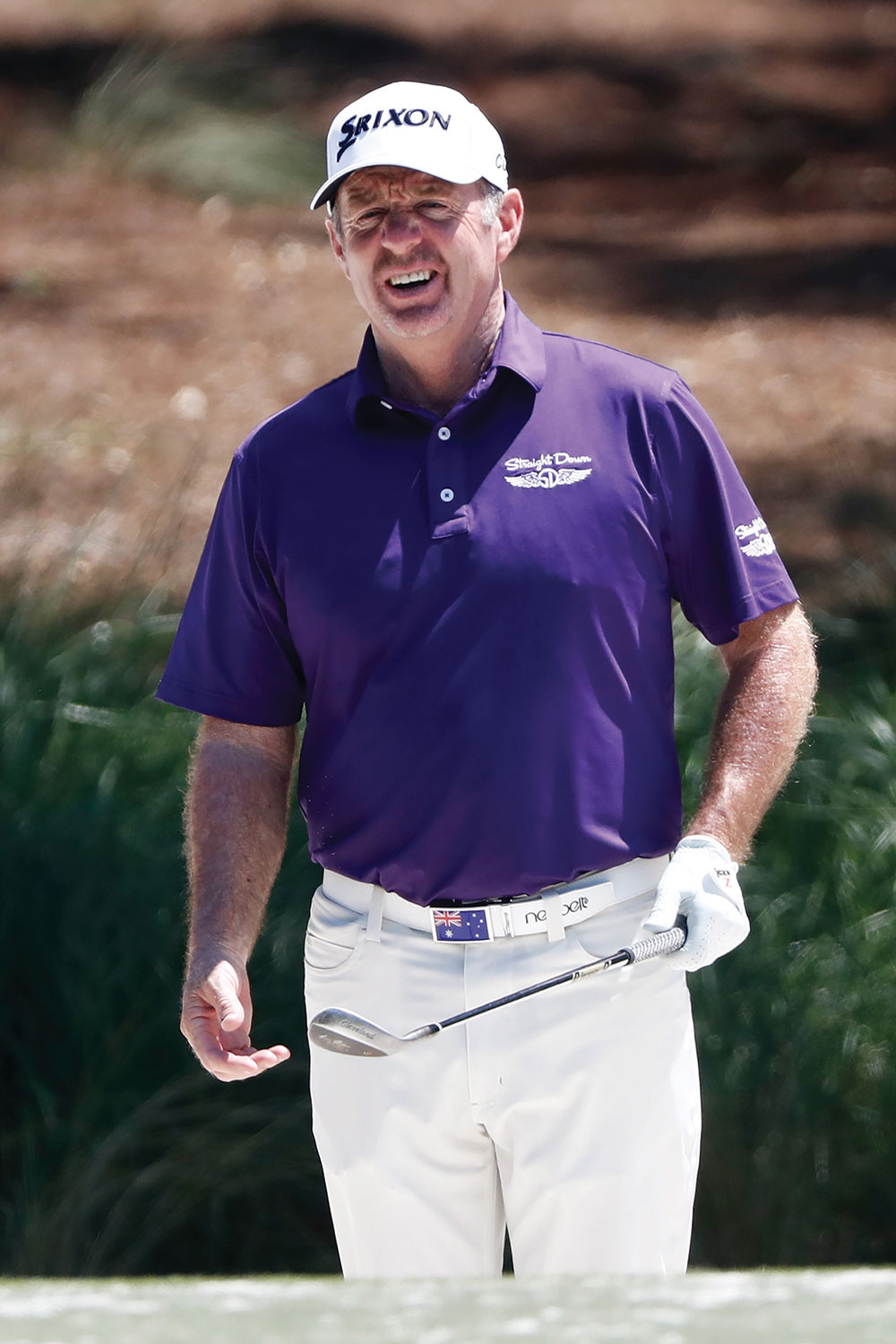
• Three-time US PGA Tour Winner
• 2008 Australian Masters Champion
From: Caboolture, Queensland
Resides: Dallas, Texas
Living for so long in the US, where golf is divided into private clubs comprised of wealthy people and green-fee municipal courses for the rest of the country, ‘Pamps’ is happy with the access Aussies are lucky enough to have.
His philosophy on growing the game is a very sensible one – enticing more sponsors to fund tier-one tournaments where tour professionals can sell the sport to Joe Public.
“I think we have more access (than the US) because it’s not so expensive. Golf in Australia, I think, is quite popular,” says Pampling. “If the sponsors came back and helped the (Australasian) Tour more at the end of the year, that would flow through the whole season and bring more television (coverage) and that would grow the game.
“Sponsors are a key thing and are what we need most of all. A lot of the state governments are paying for the tournaments and I think there’s a great potential for sponsors to put up the money to bring some extra stars to come down to Australia. We’re lucky (Jordan) Spieth and Sergio (Garcia) are coming down this year. It’s really cool that Scotty always comes home, but if we get half a dozen big stars it’s even better.”
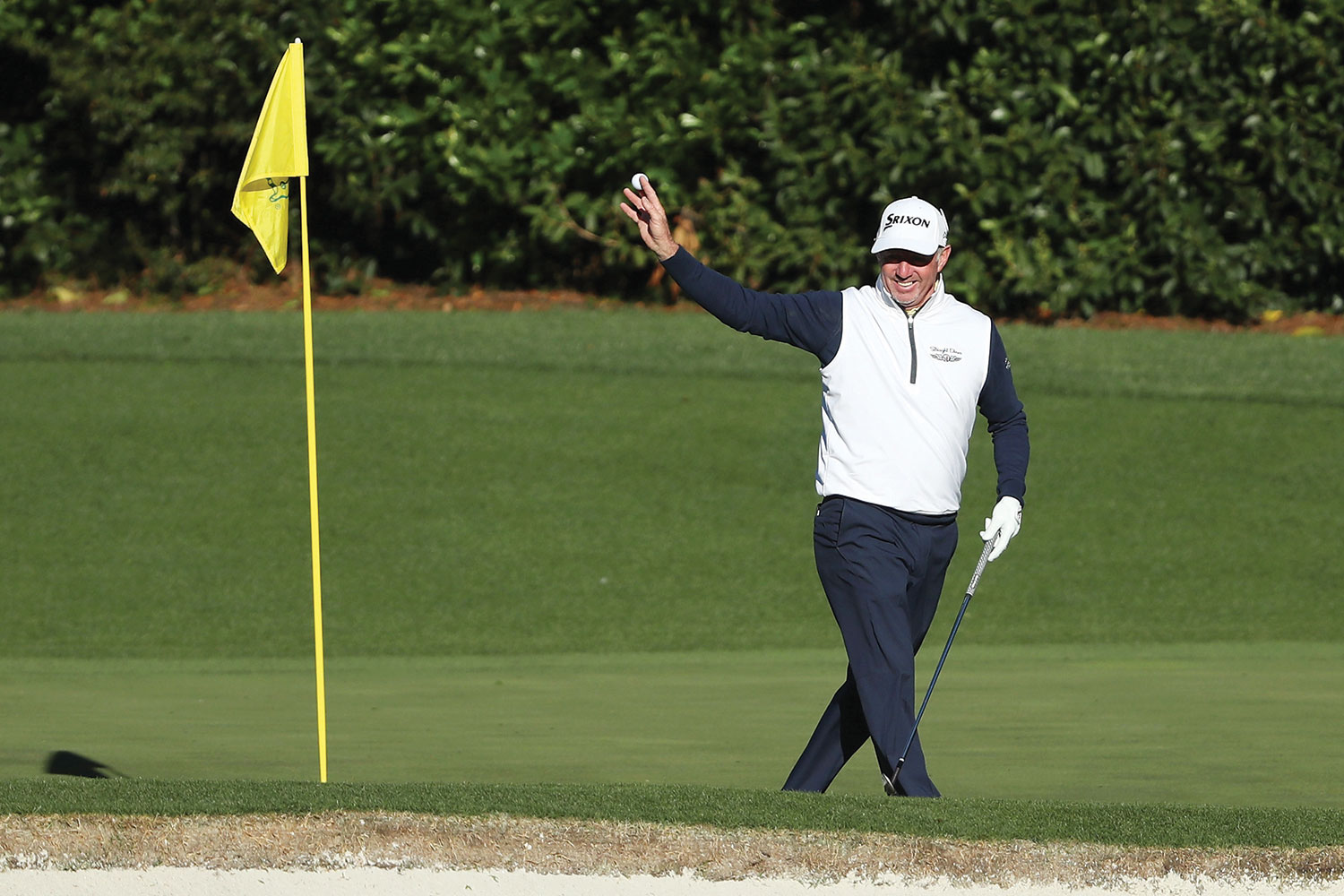
Like his countrymen, 47-year-old Pampling is also big on the par-3 course concept. In fact, he wants to design his own.
“One of my goals is to build a par-3 course. Golf takes such a long time, so if you can build a par-3 course it’s going to attract those who only get out a couple times a year. The only flaw is everyone wants to hit driver; it’s that fascination we have. But there’s an easy enough solution to that. I honestly think we’re heading that way; par-3 courses are going to become a lot more popular.”
Geoff Ogilvy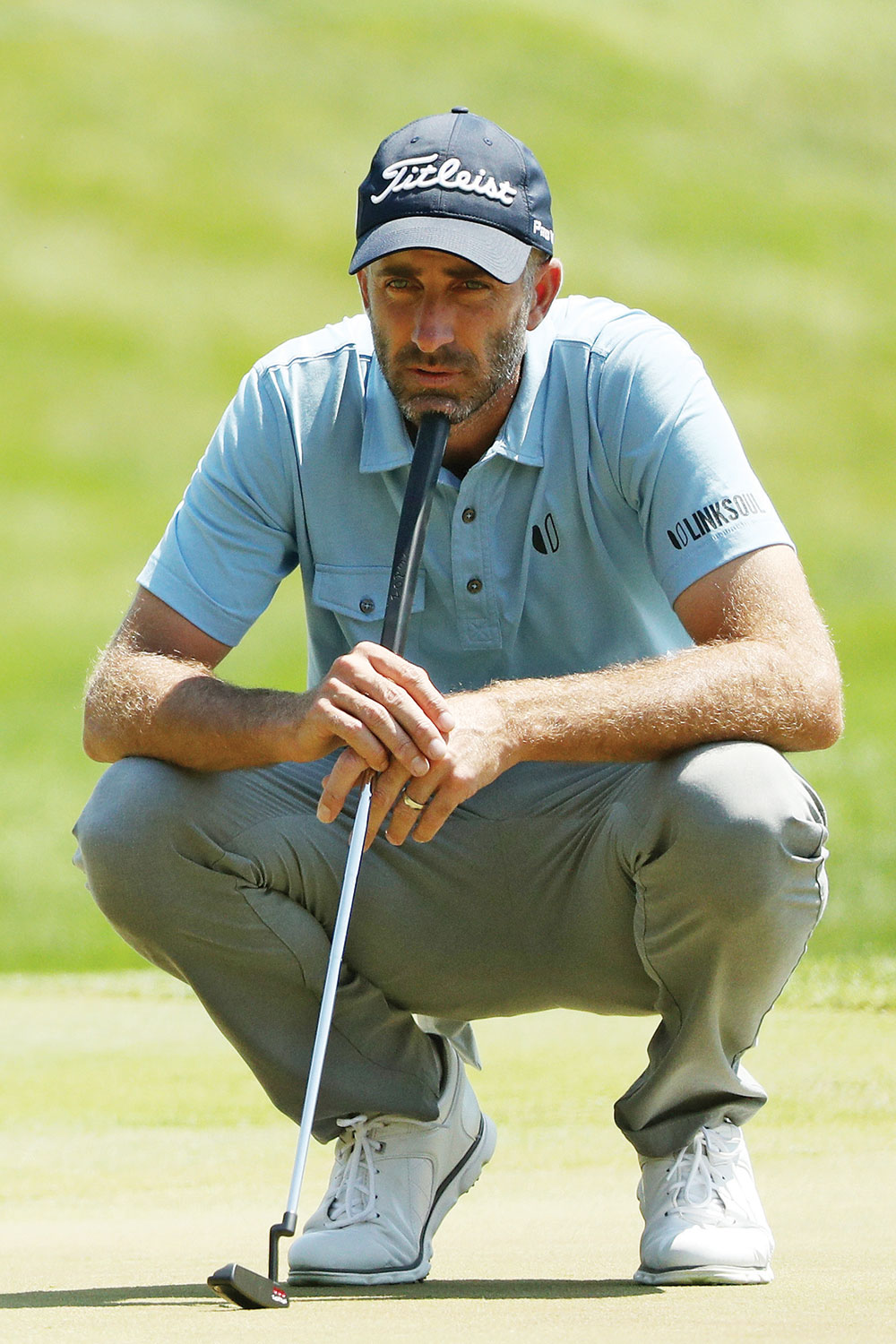
• 2006 US Open Champion
• Eight US PGA Tour Titles
• 2010 Australian Open Winner
From: Melbourne, Victoria
Resides: Scottsdale, Arizona
What’s the secret to growing the game? “It needs to be packaged a little better,” says Ogilvy, who won three World Golf Championships titles during Tiger Woods’ prime years. Because people are bound to love it – anyone who plays golf and gives it a chance is going to like it. You don’t often hear of people who start playing golf and stop. Very rarely, so you’ve just got to get people to start.
“There are probably eight parts to the answer of that question. But it’s clearly got to be focused on kids and I think it has to become more accessible to kids. Make it really, really, really cheap for juniors. You should always give golf to kids for free. Range buckets should be cheap, too.
“The thing they do very well in the US is, if the dad is a member of a golf club, quite often the kids can go play – they’re members, too. That’s a pretty good deal. And going to watch pro golf tournaments? Anyone under the age of 18 should get a free ticket. That will encourage parents to let their kids play golf because that’d be a pretty cost-effective thing to do.
“I was so addicted when I was a kid because I had access. And is there a better place to drop your kids off in the morning and pick them up in the afternoon, considering the alternatives? Rather than the local shopping mall, terrorising the place. If they’re at the course, they’re hanging around generally respectable people learning how to behave around adults.”
The 40-year-old father of three is perhaps the biggest evangelist of par-3 and short courses being golf’s saviour. The Melburnian says they’re a meal ticket that has been sitting right under our noses.

“Par-3 courses are such an obvious answer,” Ogilvy says. “The business people always tell you that par-3 courses don’t work; that it’s been tried and failed. But maybe they just haven’t been good enough, or have been too expensive to play?”
He points to North Berwick Golf Club in Scotland, less than two hours’ drive from St Andrews. It is the 13th oldest golf club in the world – and maybe the most visionary.
“North Berwick has a children’s course [above], a nine-hole par-3 layout, and it has a sign that basically sums up everything you could do to fix golf. It says: ‘Adults can play only when accompanied by a child.’
“It’s brilliant; a great par-3 course attached to the big course. It gives the child ownership. The Scottish have had it worked out for 150 years, and the rest of the world? We’ve just found a way to mess it up.”
